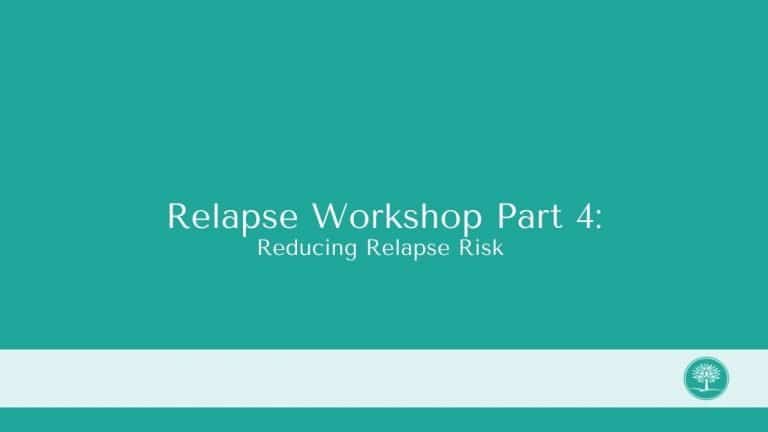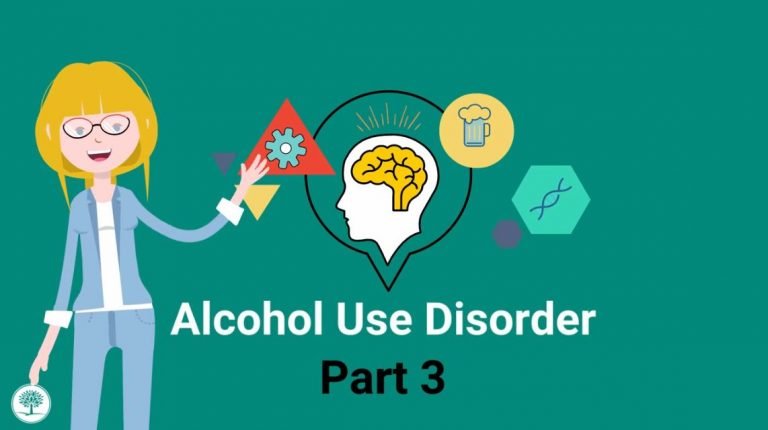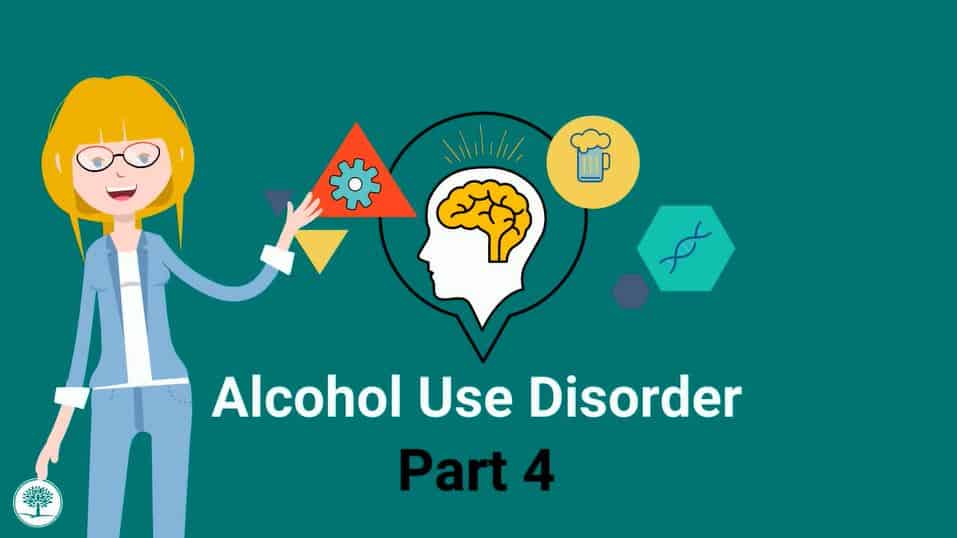In this lesson, we are going to talk about medication-assisted therapy commonly referred to as MATs.
Opioid withdrawal commonly referred to as dopesick, can be an uncomfortable experience, often replicating symptoms of the flu, including restlessness, muscle and bone pain, insomnia, and vomiting. These symptoms are so severe that at times people will continue to use opioids to avoid these symptoms.
There are methods to help patients withdraw from opioids with less discomfort. We can use medication-assisted therapy. Medication treatment options for opioids include methadone, which is a medication that helps to reduce the effects and the cravings for opioids. This medication is safe to take over a long period of time.
There is also a newer medication called Buprenorphine, which in the combination with naloxone, is commonly referred to as Suboxone. Suboxone also helps reduce the cravings and effects of opioids. Naltrexone, on its own, blocks the opioid receptors and can help reduce the cravings.
Now, Naloxone is a different medication that helps to block the effects of opioids for a period of time. This is also referred to as Narcan. It can be administered intravenously or through a nasal spray. The amount of naloxone that is used varies based off of the quantity of opioids that were consumed. This medication is to help to prevent an overdose.
Once the symptoms have been reduced from the opioid withdrawal, we can begin looking at opioid recovery. A method to help maintain sobriety from opioid is behavioral therapies. Behavioral therapies include talk therapy, which can look like individual therapy, meeting with a therapist one on one, or going to therapy in a group setting.
Another option is in an inpatient facility, which will include intensive therapy in the individual and group setting. An inpatient facility also allows for access to medical intervention and case management.
There is also the option within your community of the 12-step programs such as Narcotics Anonymous.
Thank you for choosing The Recovery Village. If you or a loved one are struggling with mental health or substance abuse and would like to find out more about the programs we offer, please reach out to us directly at 855-387-3291.









